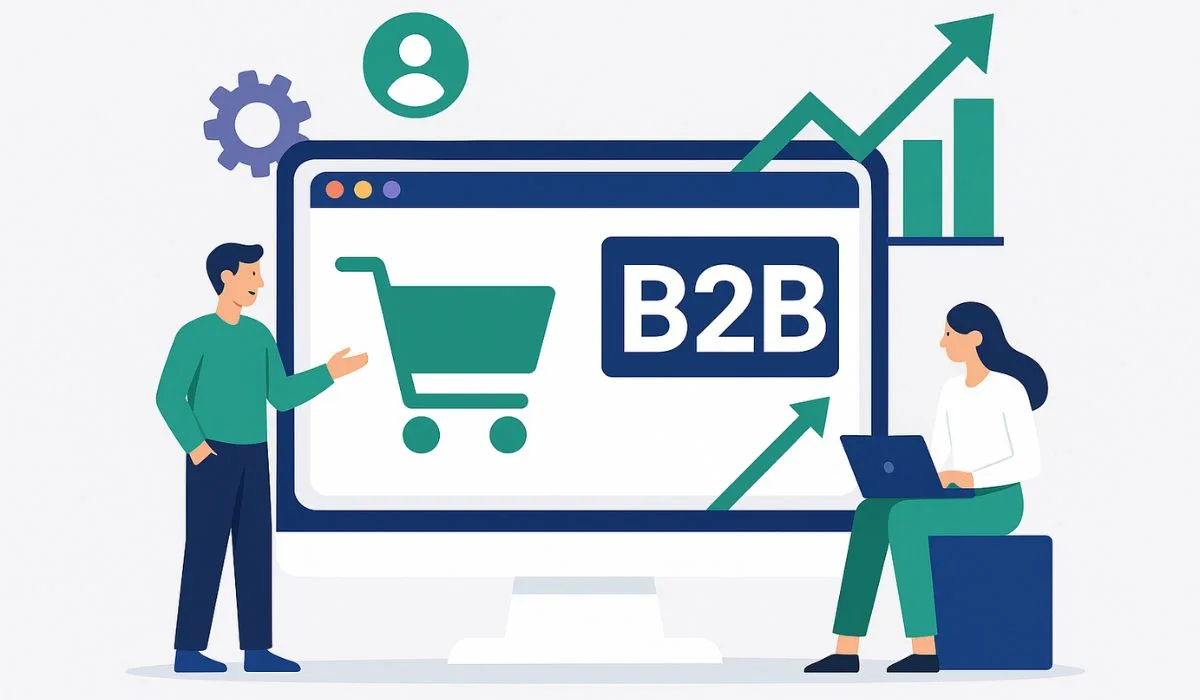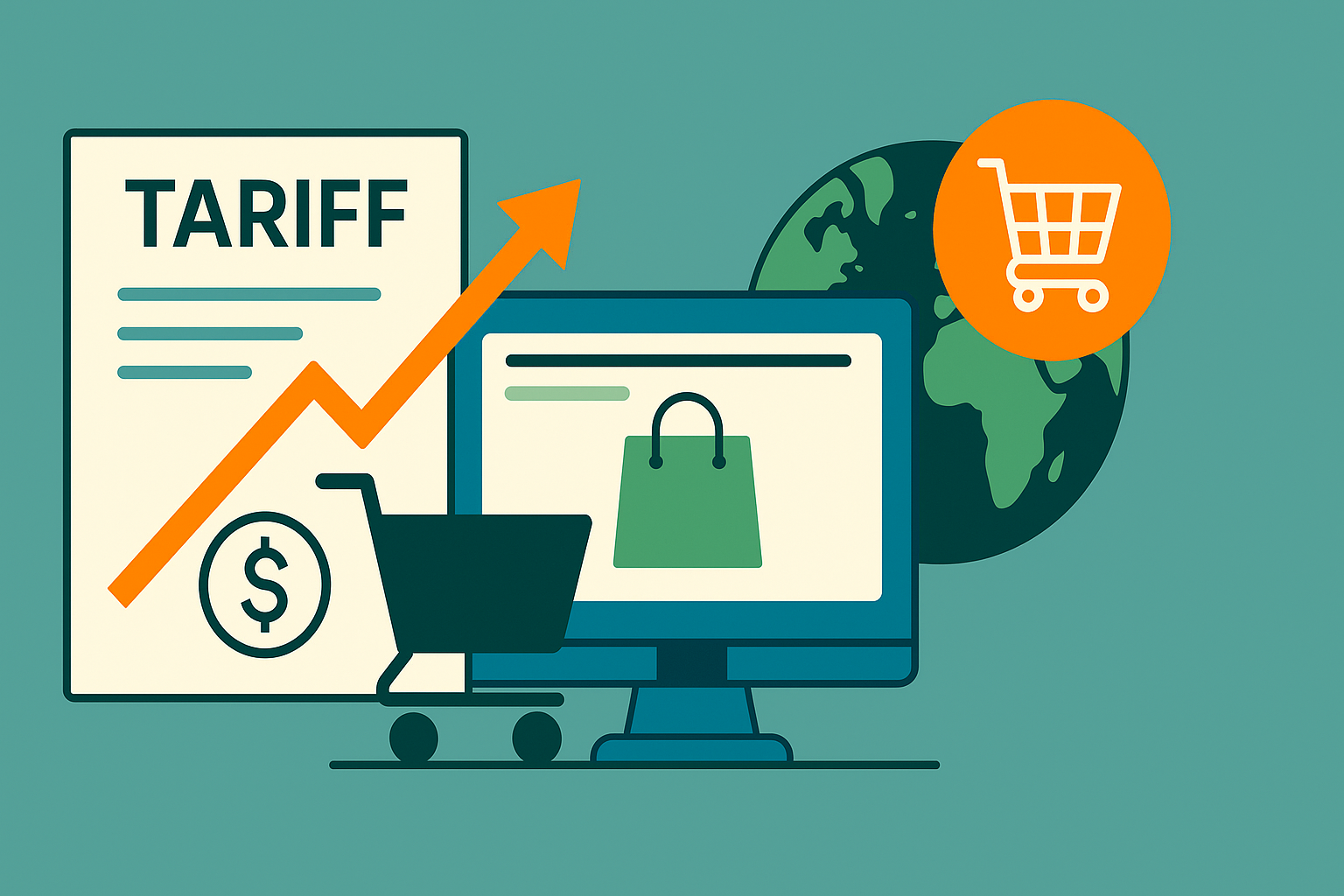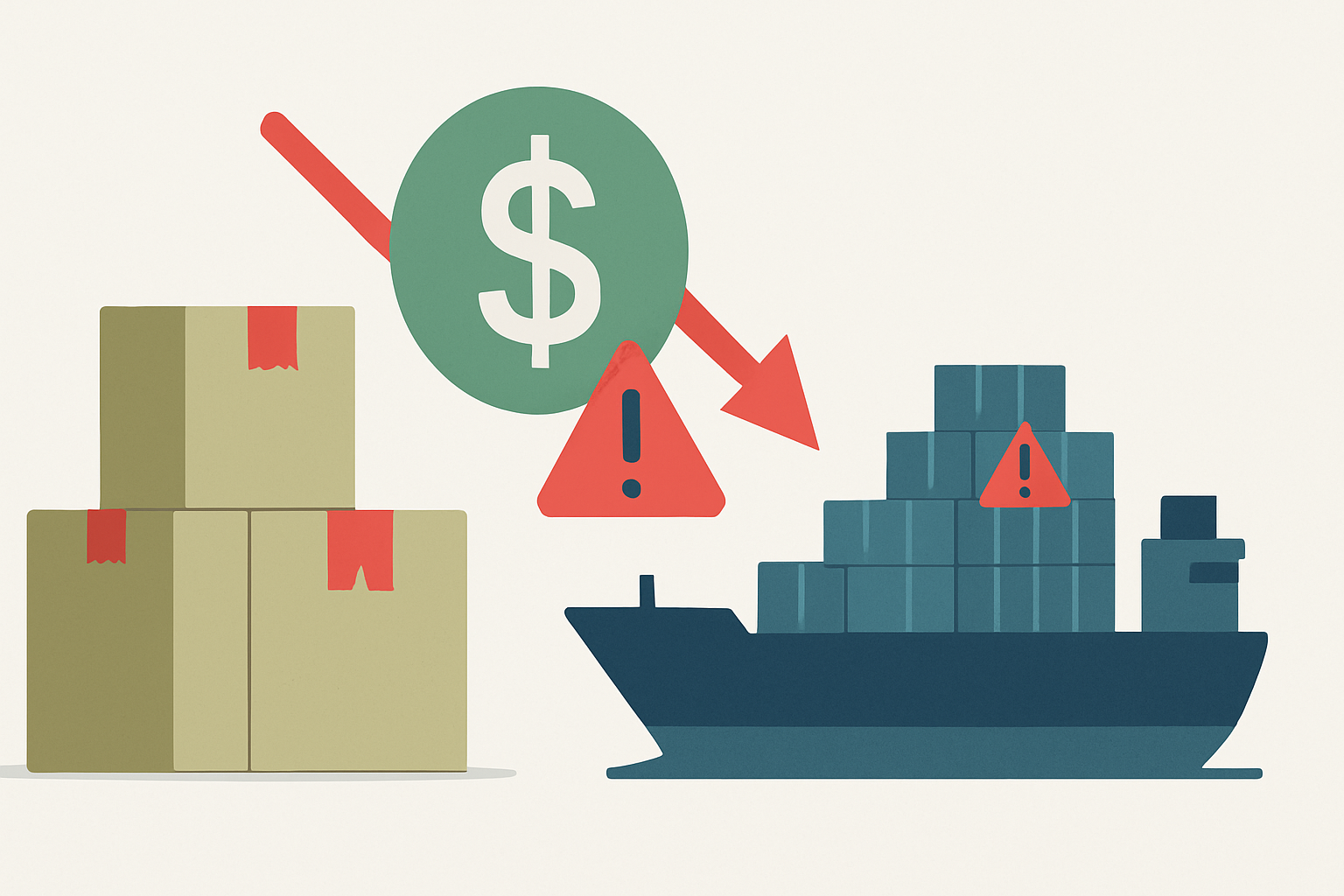The Hidden Opportunity in Tariff Disruption: Reinventing Your B2B Experience
In today’s interconnected global economy, tariffs have become a significant challenge for B2B operations. As costs rise and logistical complexities worsen, businesses must find ways to maintain efficiency while minimizing financial risks. Global trade is essential for the smooth functioning of businesses. Tariffs, taxes imposed on imported goods, raw materials, and finished products, significantly affect a company’s bottom line. These trade barriers introduce volatility at every point of a business’s operations by directly elevating the costs of raw materials and finished products.
Challenges in Tariff Disruption for Business:
The new wave of global tariffs, especially from the US, creates a major obstacle for B2B businesses. Rising costs, disrupted supply chains, regulatory complexity, workforce changes, and shifting trade dynamics put pressure on companies in nearly every sector. For B2B companies — including distributors, manufacturers, and logistics providers — tariffs can disrupt procurement strategies, production schedules, and delivery timelines. The uncertainty surrounding tariff implementations further complicates long-term planning and financial forecasting, making it imperative for businesses to enhance their operational resilience.
Key Challenges
Business Interruption
Disrupted supply routes and increased costs can pause critical operations. For instance, during the U.S.-China trade war, over 70% of U.S. manufacturing firms reported delays or changes in production.
Economic Uncertainty
Tariff unpredictability complicates budget planning. According to the OECD, global economic growth was reduced by 0.7% due to tariff tensions in 2019. B2B companies face uncertain material costs, impacting pricing models and margins.
Geopolitical Uncertainty
Political tensions influence trade agreements. The 2022 Russia-Ukraine war reshaped European energy procurement strategies, causing a 23% rise in operational costs for logistics firms in the region.
Supply Chain Vulnerabilities
Tariffs often expose single-source dependencies. A Deloitte 2021 survey found that 79% of manufacturing B2B companies are accelerating multi-sourcing strategies post-pandemic and due to trade policy instability.
Regulatory Complexity
Tariffs bring about new compliance requirements. According to Thomson Reuters, 54% of multinational B2B companies invested in new compliance systems in 2021 in response to shifting trade laws.
Turning Challenges into Opportunities
Diversification
Many companies diversified their supplier base to counter business interruption and geopolitical risks. For instance, Apple shifted manufacturing to India and Vietnam, reducing its dependency on China. As a result, iPhone exports from India doubled in 2023, hitting $10B.
Customer-Centric Strategies
Companies like Shopify enable merchants to customize their storefronts and pricing by region. This focus on localized experience increased Shopify Plus enterprise adoption by 37% YoY in 2022, demonstrating how tariffs can prompt companies to serve segmented markets better.
Strategic Partnerships and Collaborations
Maersk transitioned from just shipping to end-to-end logistics by collaborating with digital platforms. From 2019 to 2022, Logistics and Services revenue doubled to $14.4B. 70% of top clients now use Maersk for full-spectrum logistics.
Digital Transformation
Walmart used AI-based tools to optimize procurement amid US-China tariffs. By using predictive analytics to identify cost-efficient vendors, it saved hundreds of millions of dollars and maintained competitive pricing in 2022, despite a volatile environment.
Resilient Supply Chains
Deloitte reports that 66% of B2B companies are investing in resilient supply chains with multi-node architecture. Shopify’s headless commerce framework empowered B2B sellers to customize backend operations, making cross-border logistics more predictable.
Companies Mitigating Tariff Disruption Using Technology
Maersk – B2B Logistics Reinvention
Business Type: Pure B2B (serves industries like retail, manufacturing, etc.)
Tariff Challenge: Global trade uncertainties and tariffs disrupted routes and costs.
Impact: Logistics & Services revenue grew from $6.9B in 2019 to $14.4B in 2022.
B2B Response: Shifted to end-to-end logistics with real-time digital visibility tools.
Outcome: Gave clients greater control over shipping, enhancing resilience.
Walmart – B2B Procurement Optimization (Indirectly)
Business Type: Though B2C, its procurement and vendor management are B2B-centric.
Tariff Challenge: Increased import costs from China.
Impact: Saved hundreds of millions of dollars; sustained $572B in global revenue (2022).
B2B Response: Used AI to re-optimize supplier relationships and costs.
Outcome: Strengthened supply chain control, influencing global sourcing standards.
Shopify – Helped Merchants Expand via Headless Commerce
Business Type: B2B SaaS platform empowering B2B sellers.
Tariff Challenge: Compliance, duties, localization issues across borders.
Impact: Shopify Plus grew 37% YoY in 2022, hitting $1.3B in revenue.
Over 28% of merchants now sell cross-border using local pricing and duty tools.
B2B Response: Provided headless architecture, localized APIs, and tariff calculators.
Outcome: B2B sellers now tailor pricing and experiences per region, reducing tariff friction and boosting conversions.
Conclusion
While tariff disruption introduces undeniable challenges for B2B operations, it also presents a unique chance to reinvent how businesses approach technology, strategy, and customer experience. Companies that adapt through digital transformation, smarter procurement, and resilient logistics don’t just survive these shocks—they position themselves for long-term growth. As seen in the examples of Maersk, Walmart, and Shopify, success lies in seizing the opportunity hidden in the disruption.
“When the trade winds shift, it’s not the storm you should fear—it’s the chance you didn’t take to rebuild your B2B future.”
Contributors
-

Wasi Noor
writer
Senior Business Analyst
-

Tooba Nadeem
editor


